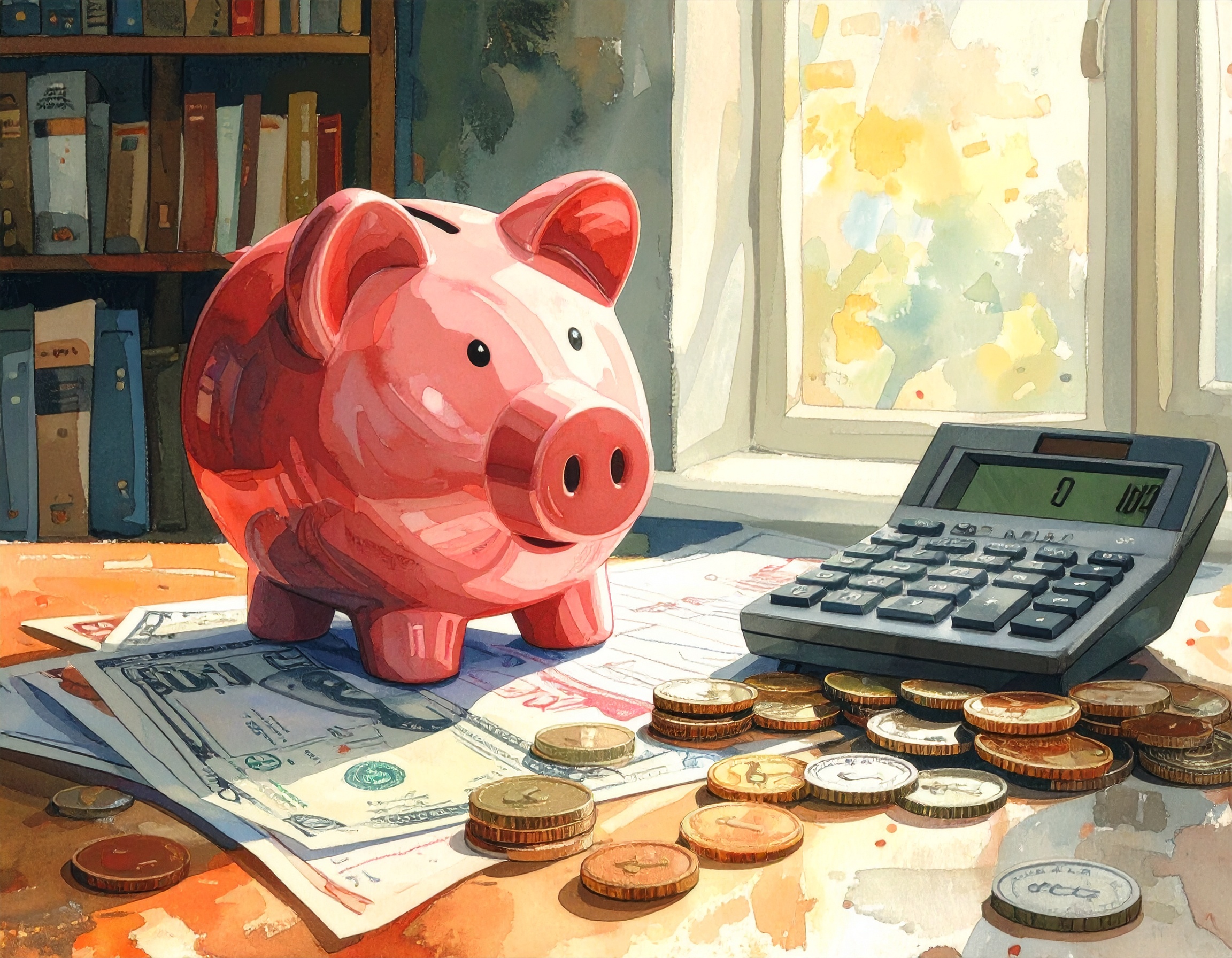
At Wise-Wallet, personal finance is a journey.
Read MoreCorrect! Nice Job!
Small monthly fees feel insignificant in isolation — $9.99 sounds cheap — which is exactly why subscription creep is so effective. Subscriptions are charged repeatedly, often on autopay, and people forget trials, add-ons, or multiple accounts across different services. Annualizing the cost quickly reveals the real impact; simple arithmetic transforms “no big deal” into a meaningful annual expense. For example: 9.99 × 12 = 119.88, which rounds to about $120 per year. That single subscription could instead buy a useful book, contribute to an emergency fund, or be combined with others more efficiently. People tend to underestimate the sum of many small recurring services: two or three $9.99 subscriptions plus a few smaller app subscriptions and a cloud service can easily exceed several hundred dollars per year, especially when family plans or multiple-device fees multiply the cost. The psychology behind it — low friction, autopay convenience, and small incremental mental cost — makes subscriptions leak money silently.
Practical defenses include doing a quarterly subscriptions audit, checking bank statements for recurring charges, and cancelling unused services (pause before cancelling if you want to test usage). Use family/household plans where that reduces per-person cost, but compare whether the bundle actually saves money versus pick-and-choose. Consider annual billing discounts — some services offer a lower effective monthly cost when paid yearly — and explicitly calculate the yearly price before committing. If you have many subscriptions, consider a simple spreadsheet or an app that lists renewal dates and costs; seeing the yearly total is powerful motivation. Finally, beware of “free trial” rollovers and autop-renew policies — set calendar reminders to cancel before the trial ends if you don’t want the paid plan. The key takeaway: a $9.99 monthly subscription is indeed about $120/year; treat recurring small fees like any other budget line and evaluate annually.
By Quiz Coins
The 1929 “Black Tuesday” crash on October 29, 1929 reshaped financial regulation and investor psychology for decades.

Pick cards to match your life: cashback for simplicity, travel cards for frequent flyers who use perks, and balance-transfer cards to crush debt — then automate, pay in full, and track value.
Read More
Build a simple, automatic emergency fund by choosing a target, automating transfers, and using low-effort saving hacks — no spreadsheets required.
Read More